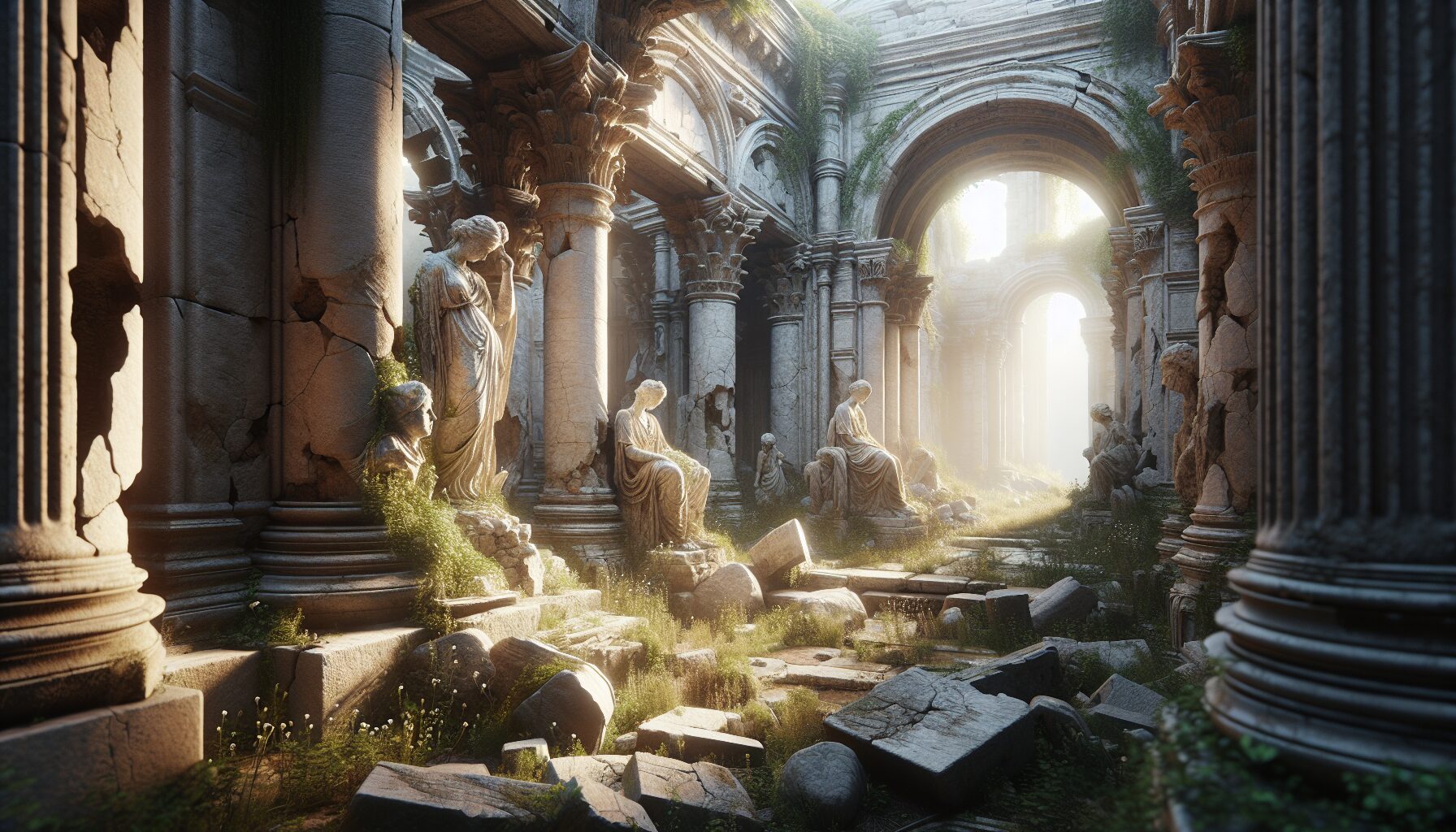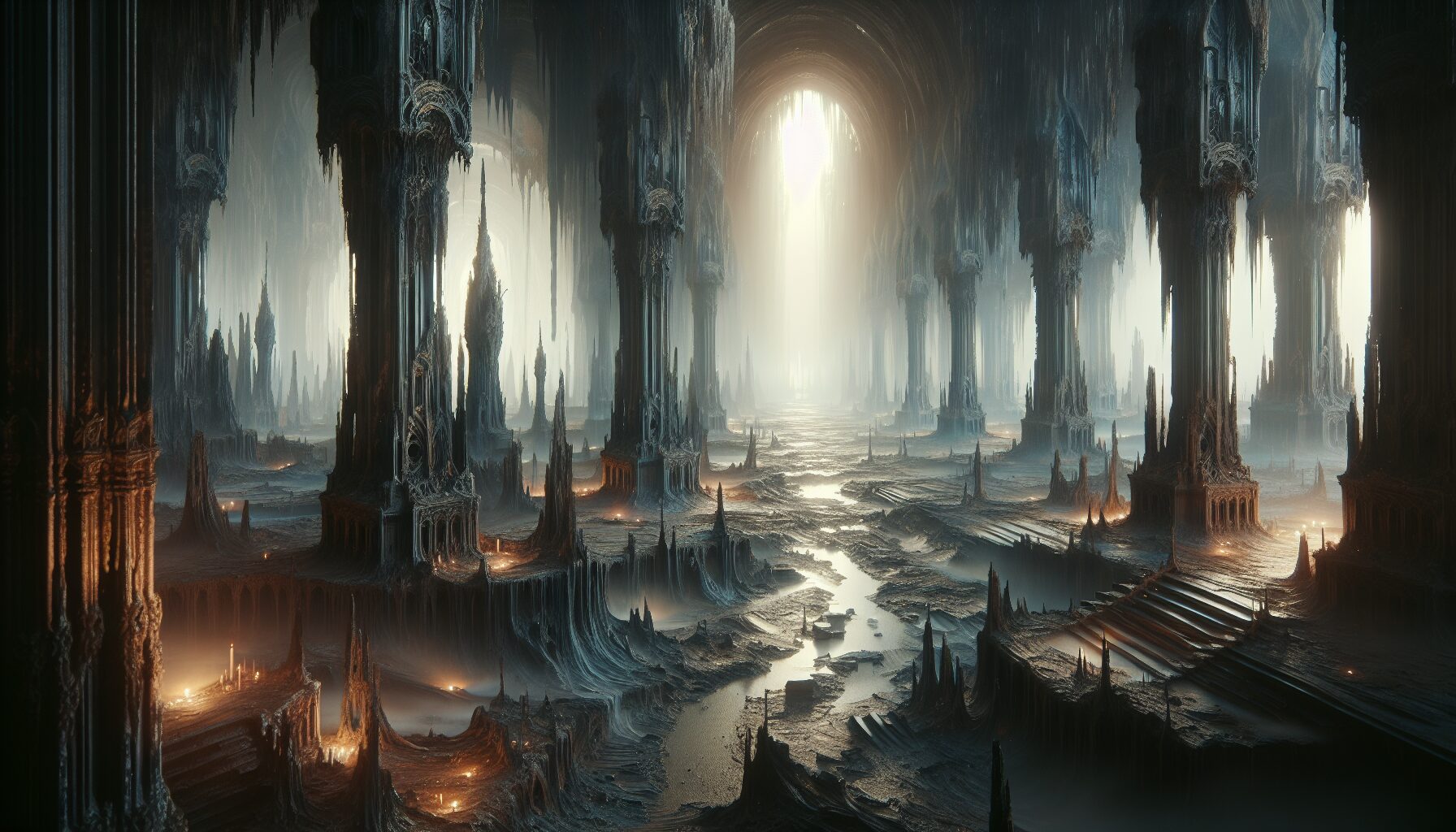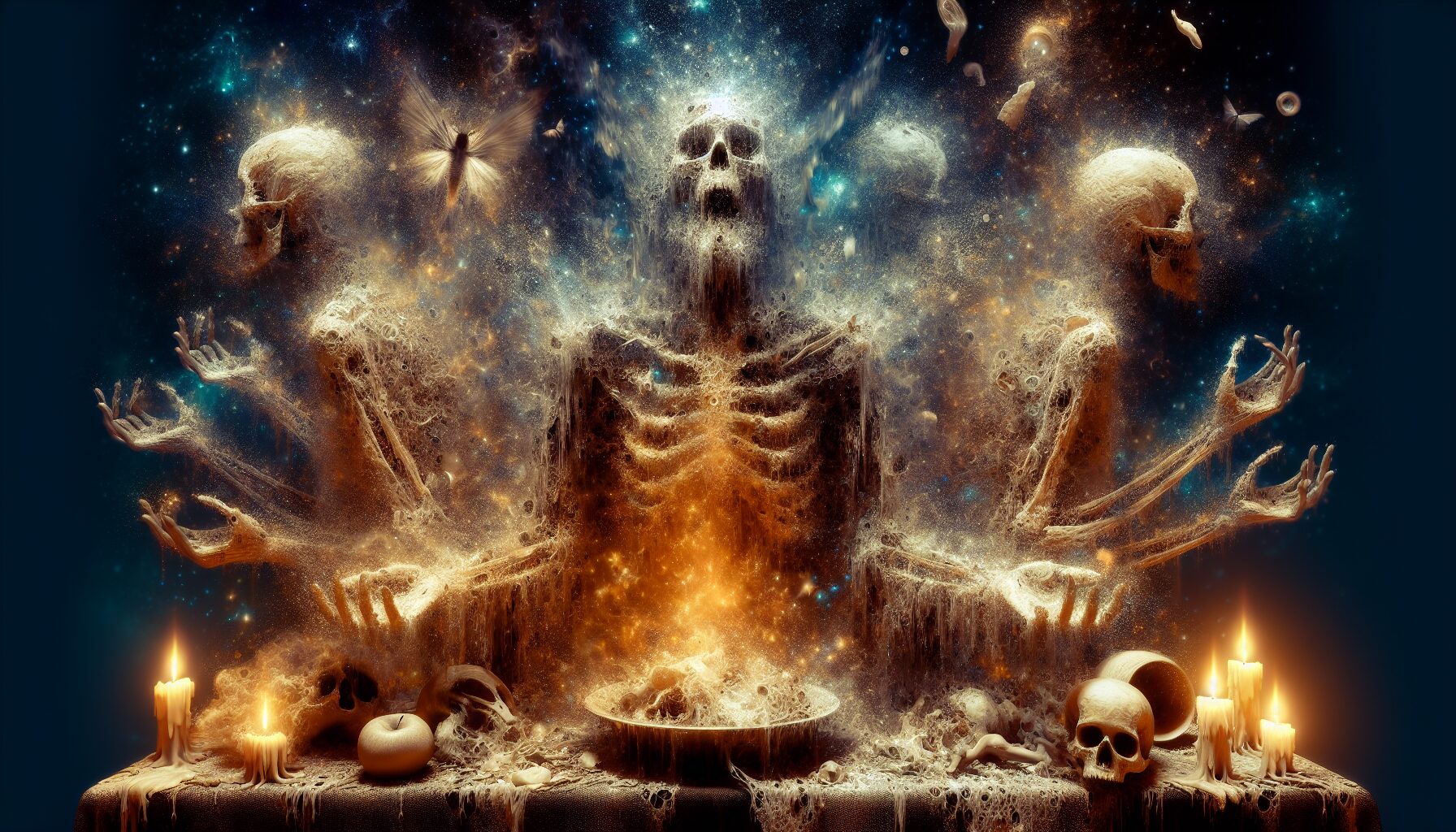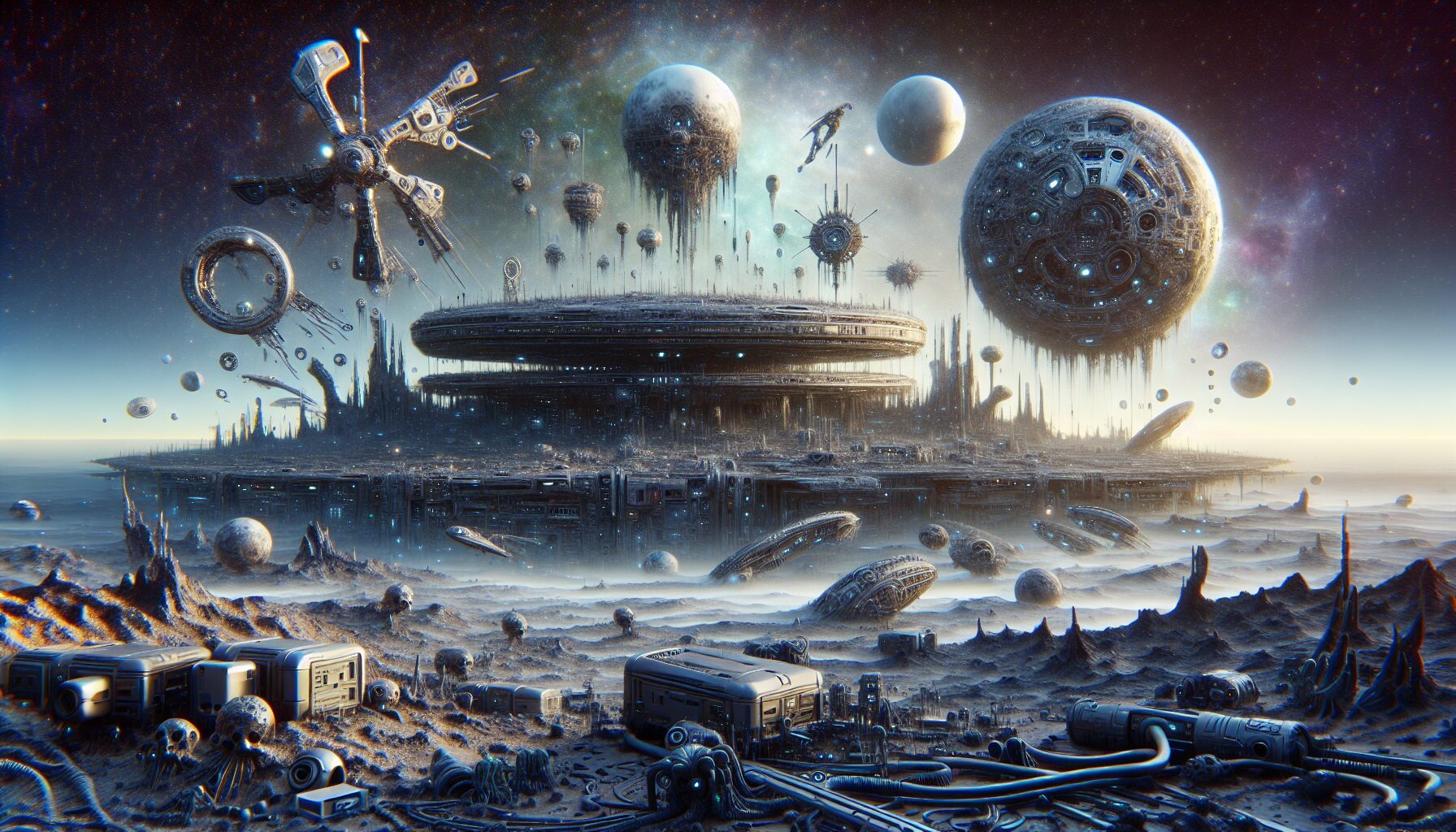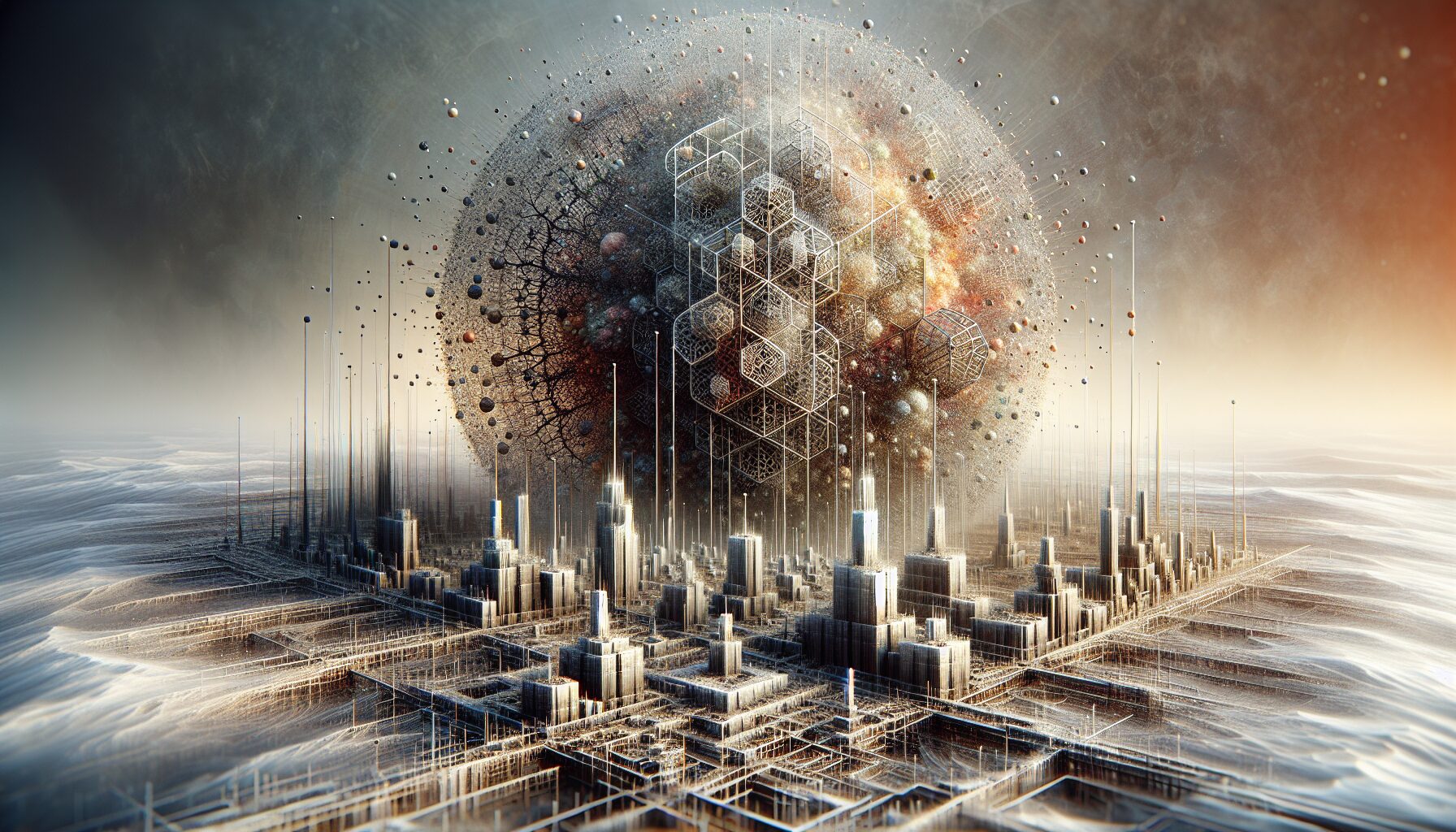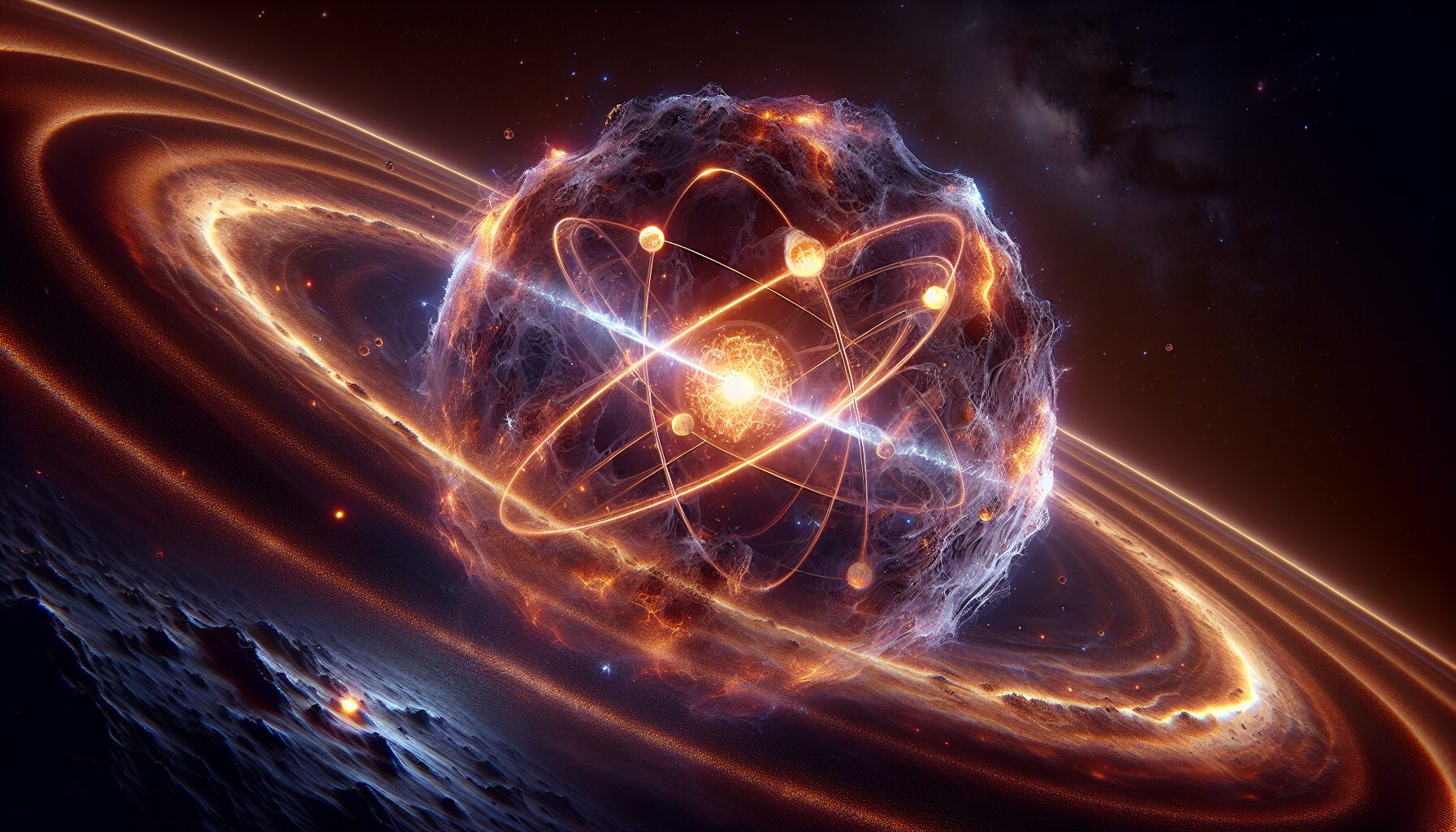The universe and everything within it are subjected to the inexorable passage of time. From the moment of creation, a cosmic dance unfolds—a performance that weaves through stages of birth, growth, and ultimately, decay. While decay appears chaotic at first glance, mathematics provides us with a lens to explore the underlying order within these endings.
Understanding Decay Through Mathematics
Decay can be observed across various dimensions of life, from the natural world to human endeavors. To comprehend this phenomenon, we must delve into several mathematical frameworks that reveal the patterns in decay.
Exponential Decay
One of the most fundamental mathematical models of decay is exponential decay, typically characterized by the equation:
N(t) = N0 * e-λt
where N(t) is the quantity that remains after time t, N0 is the initial quantity, λ is the decay constant, and e is the base of the natural logarithm.
Exponential decay is prevalent in radioactive substances. For instance, carbon-14 dating relies on this principle to estimate the age of archaeological artifacts. Carbon-14, a radioactive isotope, decays over time and can be measured to determine how long an object has been buried. As the acclaimed physicist Richard P. Feynman once explained:
“Radioactive decay is exponential with time. The most characteristic thing about this form of decay is that the amount of substance halves over a constant period, known as the half-life.”
— The Feynman Lectures on Physics
Fractal Geometry in Decay
Fractals are complex structures that exhibit self-similar patterns at different scales. They are instrumental in modeling natural phenomena, including the process of decay. For example, the pattern of a crumbling coastline or the veins of a dying leaf can be described using fractal geometry.
A key concept in fractals is the Mandelbrot set, which is visually intricate and infinitely complex. Benoît B. Mandelbrot, who discovered the set, referred to it as a “map of the infinitely complex, yet simple complexity of forms.”
Fractals allow us to quantify and understand forms that are typically irregular or fragmented, offering another perspective on the apparent chaos of decay.
Chaos Theory and Decay
Chaos theory explores how small variations in initial conditions can lead to vastly different outcomes—a concept often summarized by the term “sensitive dependence on initial conditions.” In the context of decay, chaos theory can elucidate how decay processes might not be uniform, subject to minute unpredictabilities that alter trajectories significantly over time.
A classic example involves the decay of a large population of radioactive particles, where seemingly random fluctuations can occur even as the overall rate of decay follows predictable exponential laws.
Patterns in Biological Decay
Mathematics also finds its application in understanding the decay in biological systems. Several mathematical tools are used to describe the degradation of biological matter, offering insights into the patterns of nature’s endings.
The Gompertz Law of Mortality
The Gompertz Law is a mathematical model used to describe the age-specific mortality rate of human populations. It is often expressed as:
μ(x) = AeBx
where μ(x) is the mortality rate at age x, and A and B are constants. This law shows that mortality rates increase exponentially with age, underscoring the inevitable progression towards life’s end.
The Gompertz model highlights the unyielding growth in entropy associated with aging—a mathematical whisper that echoes life’s temporality.
Mechanical Failure and Structural Decay
Beyond the biological realm, mathematical models predict mechanical failure and the decay of structures. Engineering disciplines utilize these frameworks to forecast the lifespan of buildings, bridges, and other critical infrastructures.
Techniques such as finite element analysis allow engineers to simulate and analyze the responses of materials to various stress factors. By understanding the mathematical patterns of structural decay, we can better design and maintain the built world.
Patterns in Cultural and Social Decay
Mathematics extends its reach to social systems, where decay manifests in the form of cultural shifts and the decline of civilizations. Historical cycles often display distinctive patterns that can be analyzed and modeled through mathematical lenses.
Mathematical Sociology and “Cliodynamics”
Cliodynamics is a burgeoning field that applies mathematical models to the study of historical and societal change. It provides a systematic approach to understanding the rise and fall of societies—patterns that echo decay yet can also signal potential renewal.
Through quantitative analysis, researchers aim to identify the underlying variables that drive societal change. As renowned mathematician Peter Turchin notes:
“Mathematics is our best approach to understanding the nonlinearities and feedbacks that drive historical dynamics.”
— Peter Turchin’s Books
Conclusion: The Beauty of Decay
The mathematics of endings reveals that, within decay, there is order amidst chaos, symmetry amid dissolution. Through exponential decay, fractal geometry, chaos theory, biological modeling, and sociological analysis, we uncover the hidden patterns that guide the end of all things.
Such an understanding not only deepens our appreciation of the lifecycle of matter and ideas but also illuminates our own place within this grand mosaic of creation and dissolution. As we decipher these mathematical languages, we learn to embrace the beauty inherent in endings—a beauty that whispers the promise of transformation and renewal.

